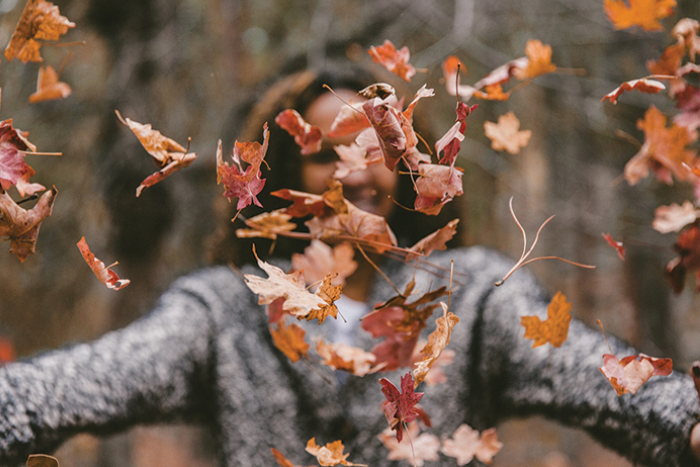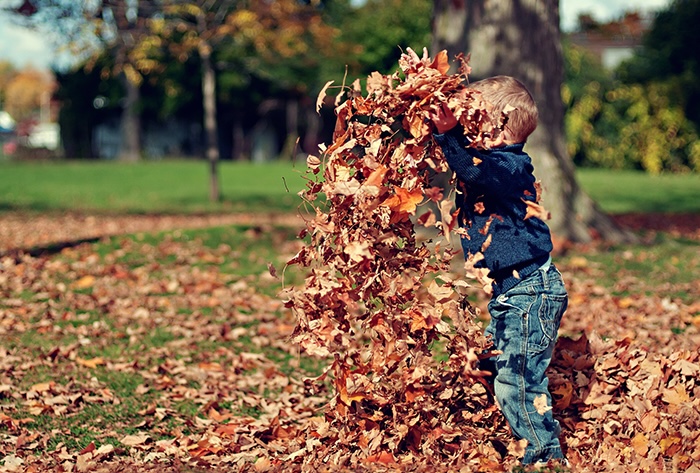
Start creating compost
By Rachel Shaw
Lincolnshire Wildlife Trust
I can’t resist kicking the drifts fallen leaves that will soon line the pavements in autumn.
Maybe it’s the sound they make, the golden colours or just the feeling that it’s something that children do. Whatever the reason, it makes me smile and brings a little joy on the walk to the shops.
In my garden, I’ve started collecting the fallen tree leaves. I scoop them up and pop them in a black bin liner. I never take all the leaves because wildlife needs the leaves too. They act as a leafy blanket providing a warm and safe place to shelter and are an important source of food. Woodlice and earthworms break down the leaf litter and recycle the nutrients back into the soil.
Once my bag of leaves is full, I’ll punch a few holes in the bottom, add a bit of water, tie the bag closed and store it next to the compost heap. I’ll probably forget it’s there but inside the bag, the magic is happening.
It’s just a bag of leaves but as they slowly decay, microorganisms, fungi and earthworms will move in. Next autumn, when I open the bag, it will be dark and crumbly. I’ll spread it on the soil where it will bolster the soil ecosystem.
The longer I leave the leaf mould, the better it will get. If I have the patience to leave it for a couple of years, it will be so well-rotted that I could use it as compost to sow seeds in. Isn’t that remarkable, from just a pile of leaves, we can create compost for seeds?
It’s free, natural and doesn’t have any air or lorry miles from being transported around the country. Surely this is a better alternative to peat-based composts.
It staggers me that peat is still being ripped from the ground - a process that destroys a wonderfully biodiverse habitat and releases carbon rather than locking it away. Peatlands have a global cooling effect when they are in their naturally wet state.
They can lock away carbon from dead plants for hundreds or even thousands of years. However, when peatlands are drained and dug up for use in gardens and greenhouses, stored carbon is released in the form of carbon dioxide.
The importance of peatlands has been understood for decades, and awareness of the issues this special habitat faces has only increased, but protection for them as been a long time coming. The Wildlife Trusts, alongside other key nature charities, have campaigned for an end to the needless destruction of peatlands since the 1990s. Some progress has been made.
Back in 2022 the then government has announced its intention to ban the sale of bagged peat to amateur gardeners by 2024, but it has not happened yet.
The proposed ban follows a public consultation, which ran from December 2021 to March 2022, and marks the first occasion that any UK government has considered legislative action to tackle the use of peat in horticulture. It is now hoped it will be introduced by the end of this year.
However, plug plants and house plants will still able to be grown in peat compost so it won’t stop the use of peat or the destruction of peat bogs. What we need for the extraction and commercial trade of peat to be banned. But while we’re waiting for the Government, we can take action ourselves. Instead of just kicking the leaves, collect them, bag them up and make your own compost.

